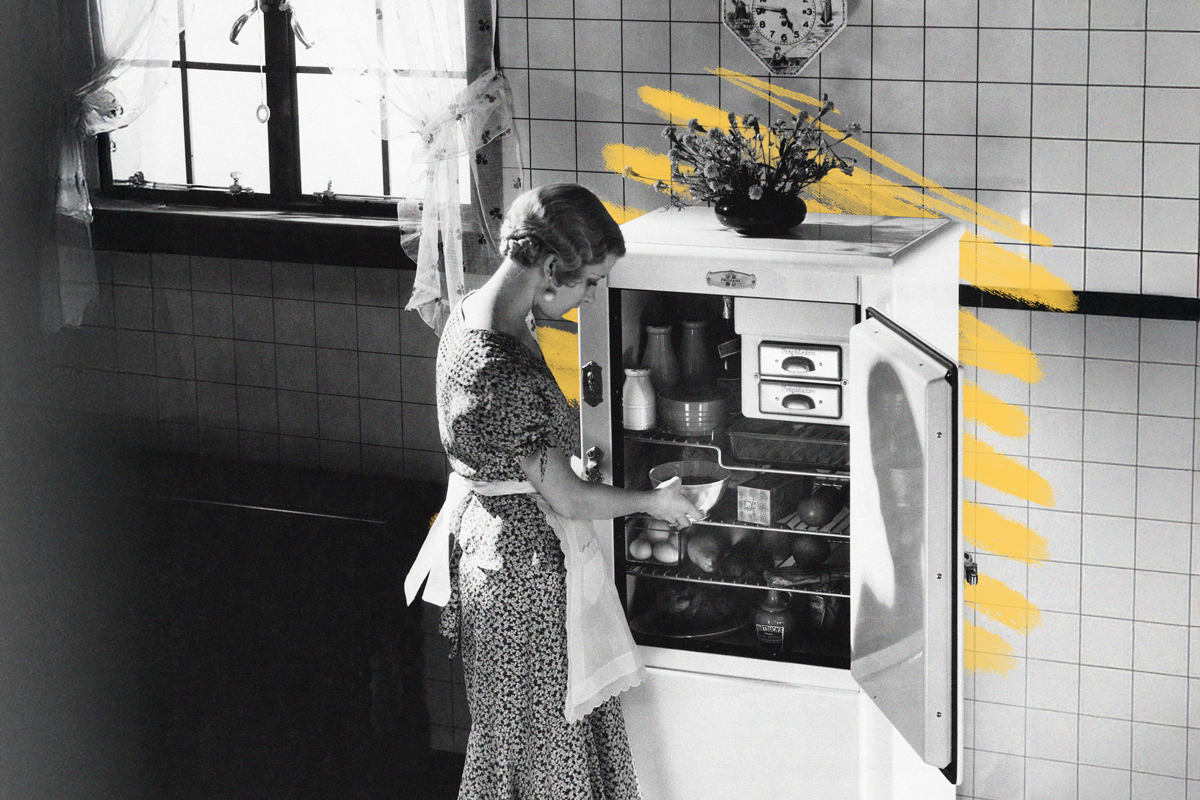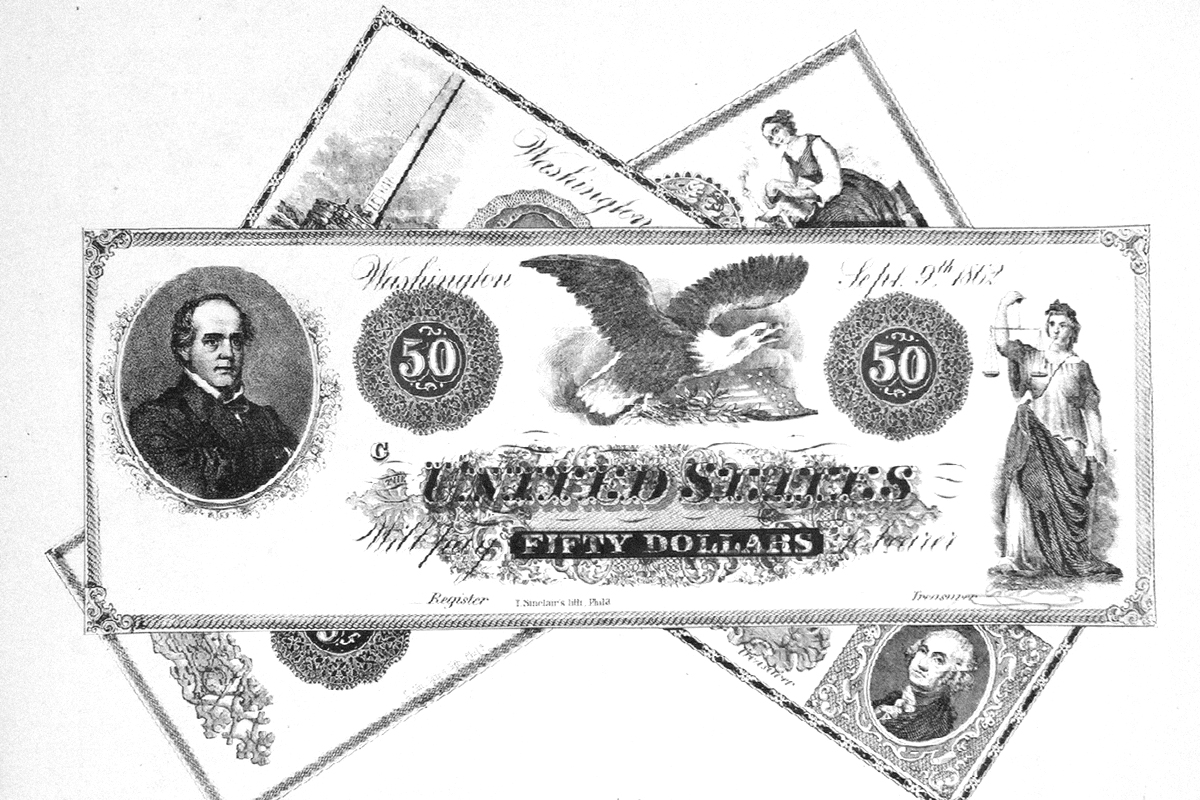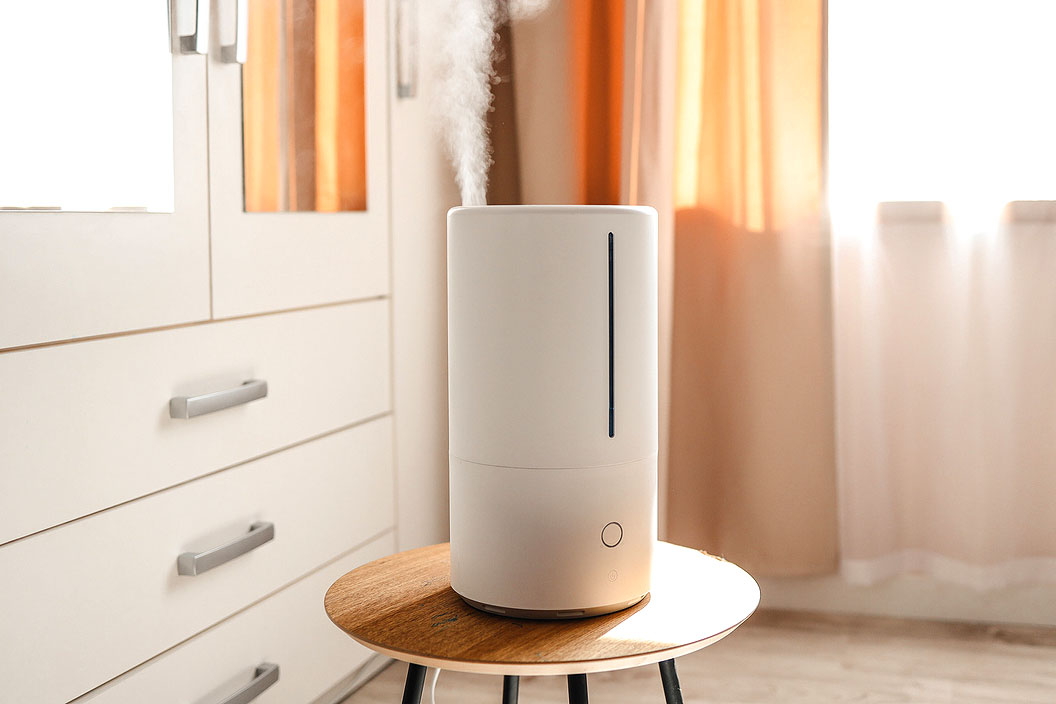Refrigerators used to be toxic. |
Science & Industry |
 |
| |
The basic cooling mechanism of GE's 1927 Monitor Top model, widely considered the first affordable home refrigerator, was the same as that of most refrigerators today: Liquid gas refrigerant absorbs heat from the interior, turning it into a gas. The gas then travels through a compressor, which pressurizes the gas so it can turn into a liquid and run through the system again. | |
Unfortunately for consumers, the Monitor Top fridge used either sulfur dioxide or methyl formate for this process — both of which are toxic. The refrigerants were theoretically contained safely within the system, but if the compressor malfunctioned or the pipes eroded, it could cause a leak that released toxic gases into a home. Both sulfur dioxide and methyl formate have distinct odors, but that doesn't help you much if you're fast asleep. | |
Even before the Monitor Top, refrigerators in industrial settings and wealthy households frequently turned deadly; ammonia, which is both toxic and flammable, was a very popular refrigerant, too. Manufacturers eventually addressed the problem with the development of chlorofluorocarbons, better known as CFCs or Freons, in the 1930s. CFCs didn't pose the same immediate risks as previous refrigerants, and they were the standard coolant in home refrigerators until scientists realized they depleted the Earth's ozone layer and replaced them with more environmentally friendly chemicals. |
 | |||||||||
By the Numbers | |||||||||
| |||||||||
| |||||||||
 | |||||||||
| |||||||||
Albert Einstein patented a type of refrigerator. | |||||||||
In 1926, roughly 20 years after publishing his theory of special relativity, Albert Einstein read about a family in Berlin who had died after their refrigerator leaked. He decided he needed to do something about it, so he teamed up with his colleague Leo Szilard to create a hermetically sealed, electromagnetic refrigerator pump with no moving parts, making it much less likely to leak than a mechanical compressor. Their invention received a patent in 1930, but by then, Germany had become dangerous due to the Nazi Party's growing influence, and Freon had started to work its way into refrigerators, so the technology never went to market. | |||||||||
 | |||
Recommended Reading | |||
 | |||
U.S. History | |||
| |||
 | |||
Science & Industry | |||
| |||
| + Load more | |||
| |||||||||||||||||||||||||||||||||||||||||||||||||||||||
| |||||||||
| 325 North LaSalle Street, Suite 200, Chicago, IL 60654 | |||||||||









0 komentar:
Posting Komentar